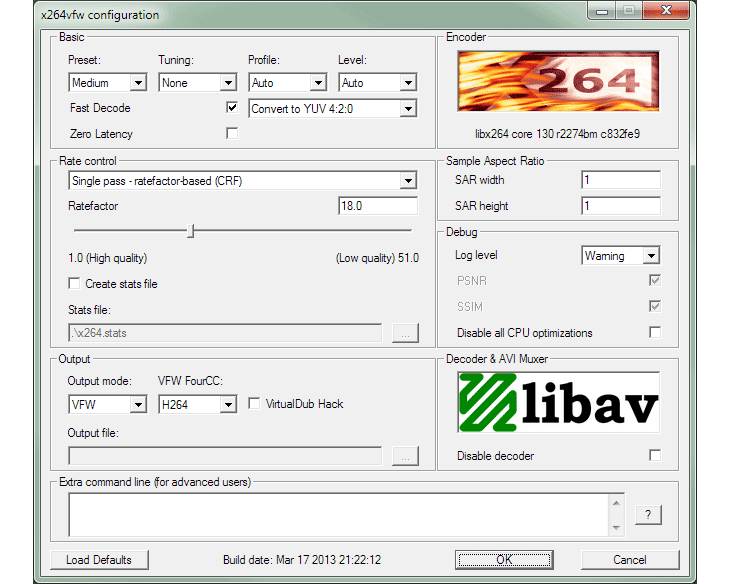

-x265-params defines the parameters for the given codec.Very slow is indeed very slow but will give the best compression(compression is quality per filesize) -preset is a collection of options that will provide a certain encoding speed to compression ratio.– c:v is the same as -codec:video which is libx265.With the %4d we are telling FFmpeg to encode the image0001 up to the last one tif format named like image0001.tif, image0002.tif.

The %4d is special. we have 350 images of the. – -i input_file%4d.tif to define the input file.– -f image2 is to define the input as a picture.– -r 25 is to set the frame rate of the source to 25 fps.Now we can run ffmpeg through the cmd.įfmpeg -global parameters -input_file_options -i input_file.avi -output_file_options output_file.tsįfmpeg -r 25 -f image2 -i input_file%4d.tif -c:v libx265 -preset veryslow -x265-params crf=23 -strict experimental -f mpegts output_file.ts There is a file named ff-prompt.bat which runs the cmd and puts us directly into the correct working directory. Ok, now we have the binaries and we need to move to the working directory with CMD. Here we are going to explain the syntax to encode a video with FFmpeg using the libx265 or libx264.įirstly, in order to use FFmpeg you can either compile it or download the binaries. We prefer the binaries and what is even more amazing is the cross-platform interoperability. The tool that we are using to encode the video sequences is FFmpeg.įFmpeg is a opensource cross-platform solution to record, convert and stream audio and video. We find it very useful especially because of the x265 implementation.

This is the very beginning of the experiment.


 0 kommentar(er)
0 kommentar(er)
